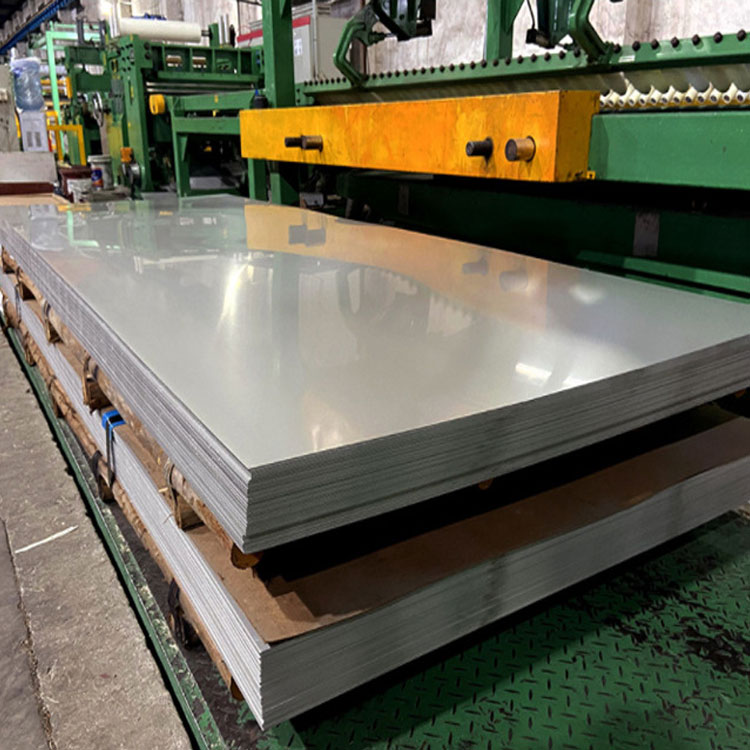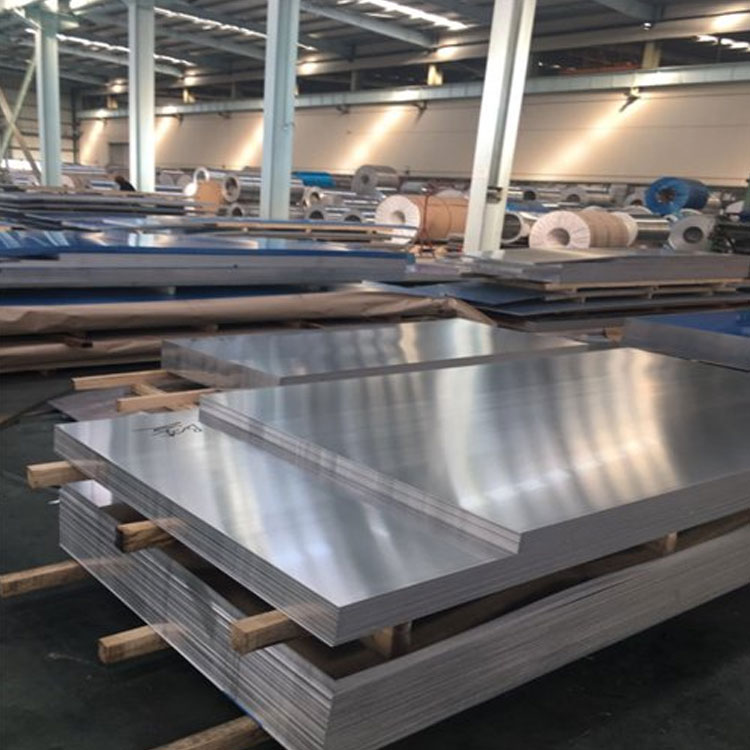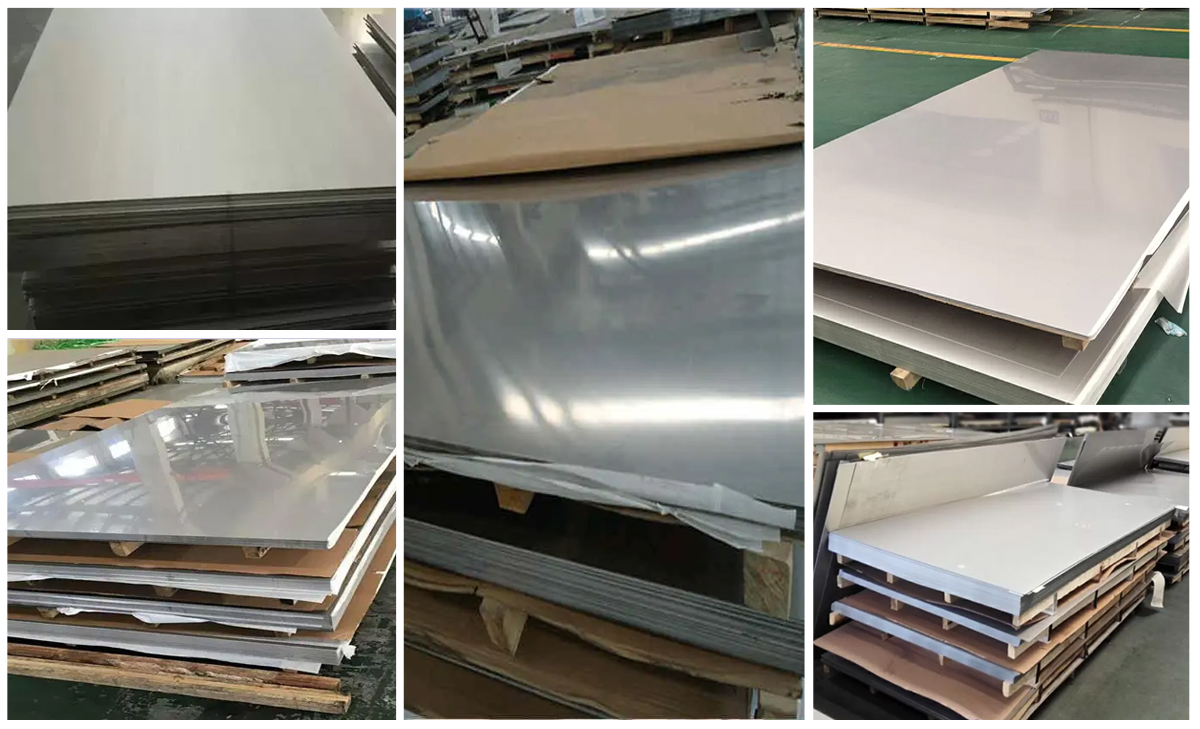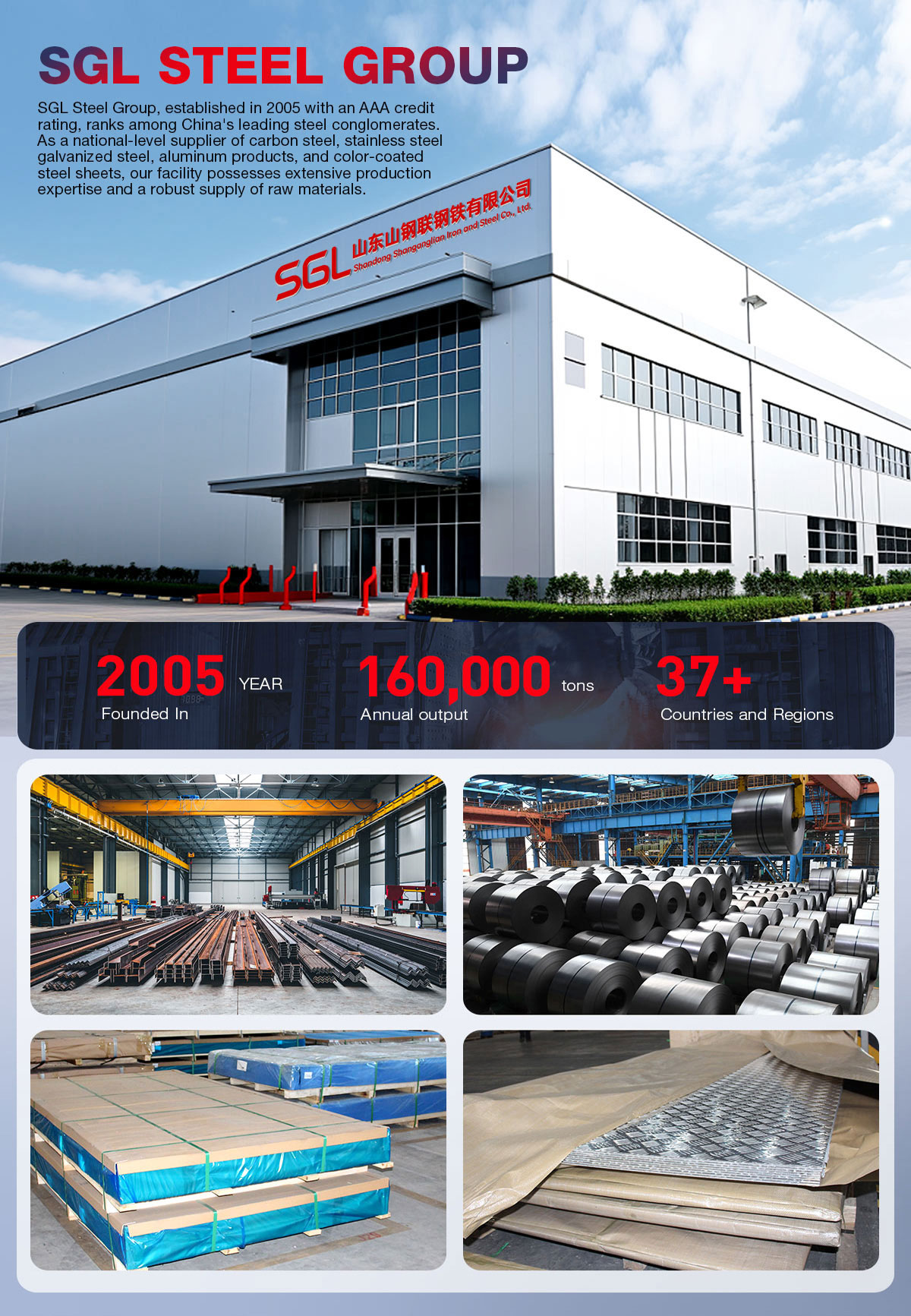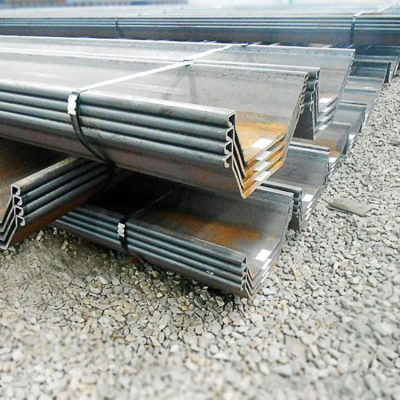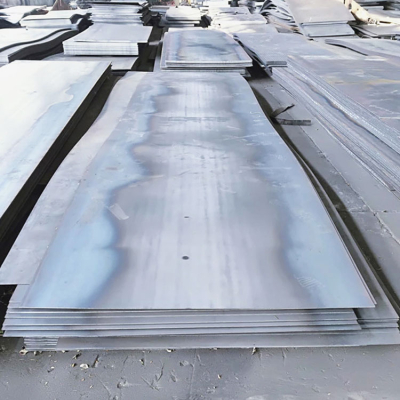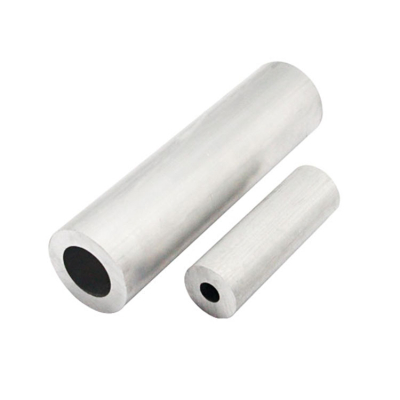316 321 Stainless Steel Sheet
Outstanding Corrosion and Rust Resistance – Designed to withstand exposure to moisture, steam, and weak chemical media, ensuring long-term durability and reliability.
High Strength and Toughness – Excellent mechanical performance with superior yield strength, tensile strength, and elongation, suitable for demanding industrial and structural applications.
Smooth Surface and Excellent Formability – Features a refined, smooth finish with high plasticity for easy fabrication and aesthetic appeal in various products.
Precision Heat Treatment for Optimal Quality – Undergoes processes such as annealing, solution treatment, and aging to enhance performance, stability, and longevity before delivery.
Stainless steel plate is generally a general term for stainless steel plate and acid-resistant steel plate. The stainless steel plate is not easy to rust, has a smooth surface, has high toughness, plasticity and mechanical strength, and has a wide range of applications. In order to ensure that the mechanical properties such as yield strength, tensile strength, elongation and hardness of various stainless steel plates meet the requirements, the steel plates must undergo heat treatment such as annealing, solution treatment, and aging treatment before delivery.
Surface Features & Manufacturing Methods & Applications of Stainless Steel Sheets
SURFACE | CHARACTERISTICS | SUMMARY OF MANUFACTURING METHOD | USE |
NO.1 | Silver | Hotrolled to specified thickness | No need for a glossy finish |
Matt | |||
NO.2D | Silver | Heat treatmentand picklingafter cold rolling | General materials, deep drawingmaterials |
NO.2B | Luster is stronger than No.2D | After NO.2D treatment the polishingrolleris used for the finalmild cold rolling | The general material |
BA | Brightas a mirror | Non - standard, butusuallybrightannealingsurface machining surface reflectivityis very high | Buildingmaterials, kitchenware |
NO.3N | Coarse grinding | Grind with 100-200# (unit grindingstrip) | Buildingmaterials, kitchenware |
NO.4N | Intermediategrinding | The polishedsurface obtainedby grindingwith 150-180# grindingstrip | Buildingmaterials, kitchenware |
NO.240 | Fine grinding | Grind with2408 grindingstrip | Kitchen utensils |
NO.320 | Very fine grinding | Grind with 320# grindingstrip | Kitchen utensils |
NO.400 | The gloss is close to BA | Grind with 400# polishingwheel | General timbec constructiontim bec kitchen utensils |
HL | Hairlinegrinding | Suitable particlematerials for hair texture grinding(150-240#) its grains are very large | Building buildingmaterial |
NO.7 | It's close to mirrorgrinding | Grind with 600# rotarypolishingwheel | For art or decoration |
8K | Mirror grinding | The mirroris ground witha polishingwheel | Reflector, decorative |
Stainless steel plate classification has different classifications according to different standards:
1. Classification according to thickness: it can be divided into thin plate (0.2mm-4mm), medium plate (4mm-20mm), thick plate (20mm-60mm), extra thick plate (60-115mm).
2. Classification according to the production method: it can be divided into hot-rolled steel plates (steel plates formed by heating in a heating furnace) and cold-rolled steel plates (steel plates produced by cold-rolling processes).
3. Classified by application, it can be divided into bridge steel plate, boiler steel plate, shipbuilding steel plate, armor steel plate, automobile steel plate, roof steel plate, structural steel plate, electrical steel plate (silicon steel sheet), spring steel plate, and solar energy special plate.
4. According to the classification of steel structure, it can be divided into austenitic type (200 series, 300 series stainless steel), austenitic-ferritic type (combining the characteristics of austenitic and ferritic stainless steel), ferritic type ( 409, 430, 434, etc.), martensitic type (403, 410, 414, 416, etc.).
5. According to the classification of surface features, it can be divided into silver-white matte stainless steel plate (applications that do not need a glossy surface), bright as a mirror stainless steel plate (building materials, kitchen utensils, etc.), coarse grinding/intermediate grinding/fine grinding/extreme grinding Fine grinding stainless steel plate (building materials, kitchen utensils), hairline grinding stainless steel plate (buildings, construction materials), mirror grinding stainless steel plate (for art, decoration), Mirror stainless steel plate (reflector, decoration), Brushed stainless steel plate, colored stainless steel plate.
300-600 type stainless steel brief description:
300 Series—Austenitic Stainless Steel
Model 301—Good ductility, used for forming products. It can also be hardened by mechanical processing. Good weldability. Wear resistance and fatigue strength are better than 304 stainless steel.
Model 302—The corrosion resistance is the same as 304, and the strength is better due to the relatively high carbon content.
Model 303—By adding a small amount of sulfur and phosphorus, it is easier to cut than 304.
Model 304—General model; ie 18/8 stainless steel. The GB grade is 0Cr18Ni9.
Model 309—better temperature resistance than 304.
Type 316—after 304, the second most widely used steel grade, mainly used in the food industry and surgical equipment, adding molybdenum to obtain a special corrosion-resistant structure. Because it has better resistance to chloride corrosion than 304, it is also used as "marine steel". SUS316 is usually used in nuclear fuel recovery devices. Grade 18/10 stainless steel is also generally suitable for this application level.
Model 321—Similar to 304 except that the risk of material weld corrosion is reduced due to the addition of titanium.
400 Series—Ferritic and Martensitic Stainless Steels
Model 408—good heat resistance, weak corrosion resistance, 11% Cr, 8% Ni.
Model 409—The cheapest model (British and American), usually used for automobile exhaust pipes, is a ferritic stainless steel (chrome steel).
Model 410—martensitic (high-strength chromium steel), good wear resistance, poor corrosion resistance.
Type 416—addition of sulfur improves the machinability of the material.
Type 420—"Knives Grade" Martensitic Steel, the original stainless steel similar to Brinell High Chromium. It is also used for surgical knives and can be made very shiny.
Type 430—Ferritic stainless steel, decorative, eg for automotive trim. Good formability, but poor temperature resistance and corrosion resistance.
Model 440—high-strength cutting tool steel with slightly higher carbon content, higher yield strength can be obtained after proper heat treatment, and the hardness can reach 58HRC, which belongs to the hardest stainless steel. The most common application example is "razor blades". There are three commonly used models: 440A, 440B, 440C, and 440F (easy to process).
500 Series—Heat Resistant Chromium Alloy Steel
600 Series—Martensitic precipitation-hardening stainless steels.
Type 630—the most commonly used type of precipitation hardening stainless steel, also commonly called 17-4; 17%Cr, 4%Ni.
Stainless steel plates are widely used in chemical industry, food, medicine, papermaking, petroleum, atomic energy and other industries, as well as various parts of construction, kitchen utensils, tableware, vehicles and household appliances

